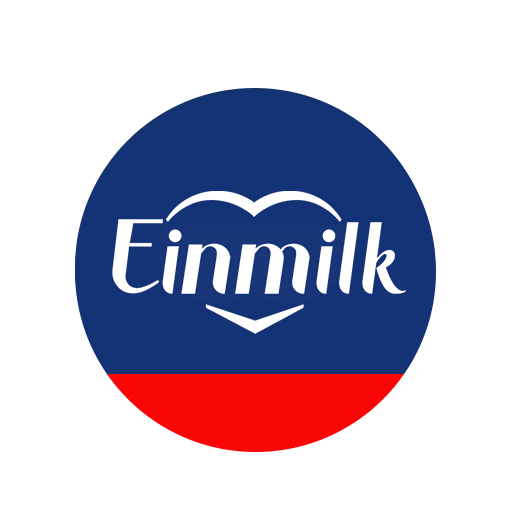Starting your baby on solids is a fun and exciting journey!
Most babies are ready to start at around 6-months old, and it is essential to ensure that your child can sit upright with minimal support to reduce the risk of choking.
During the initial stages of traditional weaning, babies are typically spoon-fed with soft food such as purees.
In contrast, Baby Led Weaning allows your child to self-feed, and purees are skipped. However, the method of making purees lets parents create pasta sauces, dips and soups for their little ones too, so baby’s food menu can creatively include a variety of baby-friendly food.
Making homemade purees is easy, and provides a wealth of fresh nutrients to your growing child. Busy parents may also prepare them over the weekend and freeze them in bulk so that the weekday caregivers can conveniently defrost and heat up the purees before mealtimes. This saves time and makes having homemade food quick and easy too.

With some simple steps, babies can enjoy healthy and nutritious vegetables purees in their diets
Guide to making vegetable purees
Vegetables are great options to start with for their neutral flavours and are favoured for their naturally sweet taste. Follow these simple steps to make your baby’s vegetable purees.
Step 1: Wash and cut vegetables into smaller chunks (if necessary)
Step 2: Steam or boil them
Step 3: Mash them with a fork and add water into the mixture to achieve desired consistency.
Alternatively, put them in a food blender or food processer to blend.
To freeze and store purees, ensure that freshly-made purees are cooled before transferring them to air tight freezer-safe containers. Avoid putting them next to raw food to reduce the risk of cross contamination. Don’t forget to label them with the date it was prepared.
To defrost the frozen purees, leave in the refrigerator overnight to thaw. You may also submerge the jar of frozen food in a bowl of hot water prior to mealtime. Warm up over stove before feeding baby, and check the temperature before offering baby with heated purees.

Select fresh vegetables from the wet market or supermarket, and prepare homemade vegetable purees for your baby easily
What vegetables should I use to make purees?
Most readily available vegetables at the supermarket can be used to make baby’s purees.
Experts recommend offering a range of colours so that your child obtains different vitamins and minerals across the food chart.
Some parents prefer to start with the blander tasting vegetables before progressing to the sweeter ones. Vegetable purees can include potato, spinach, peas, broccoli, cauliflower, asparagus, lentils, carrots, sweet potatoes, pumpkin, butternut squash, zucchini and beetroot.

Starting on solids is a new adventure, so do expect a little mess. It’s all part of the eating experience!
Tip: Let your baby try out a new food for three days and observe for any allergy reaction before starting on the next one. If your family history includes food allergies, or if your baby has food allergies, do consult your child’s paediatrician before introducing your baby to a new food.
After tasting these single flavoured vegetable purees, you may like to mix them up for your child to experience new flavours! After all, trying out new food is part of eating which allows children to explore new tastes and encourages their physical developmental milestones too. Support your child’s healthy development by starting with the right nutrition in their diets. Have fun raising curious and happy world-ready children!

Comments (1)
[…] you are following the traditional weaning method, you may want to make a puree using fruit or vegetables. You can start off with mild tasting foods like potatoes, avocado, […]